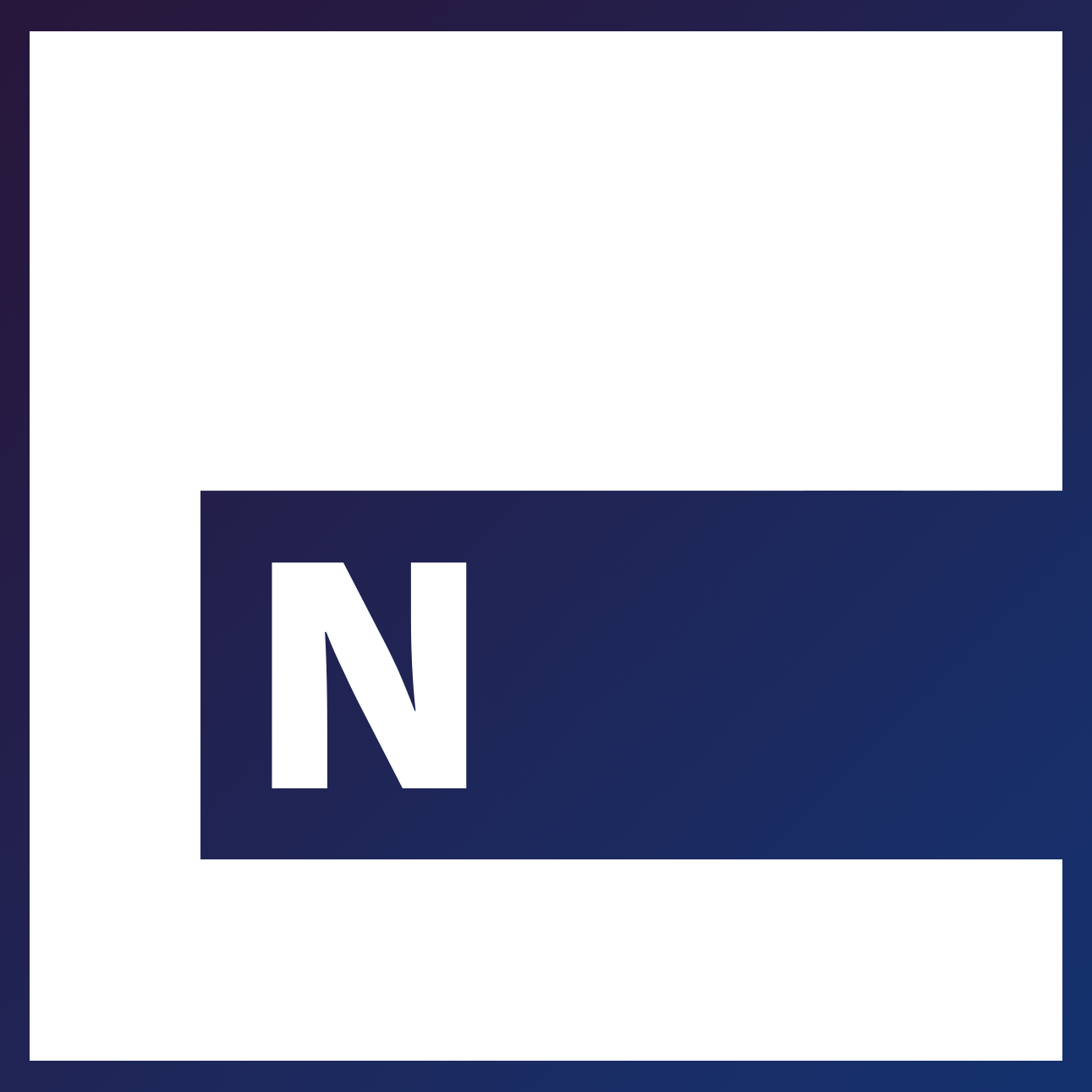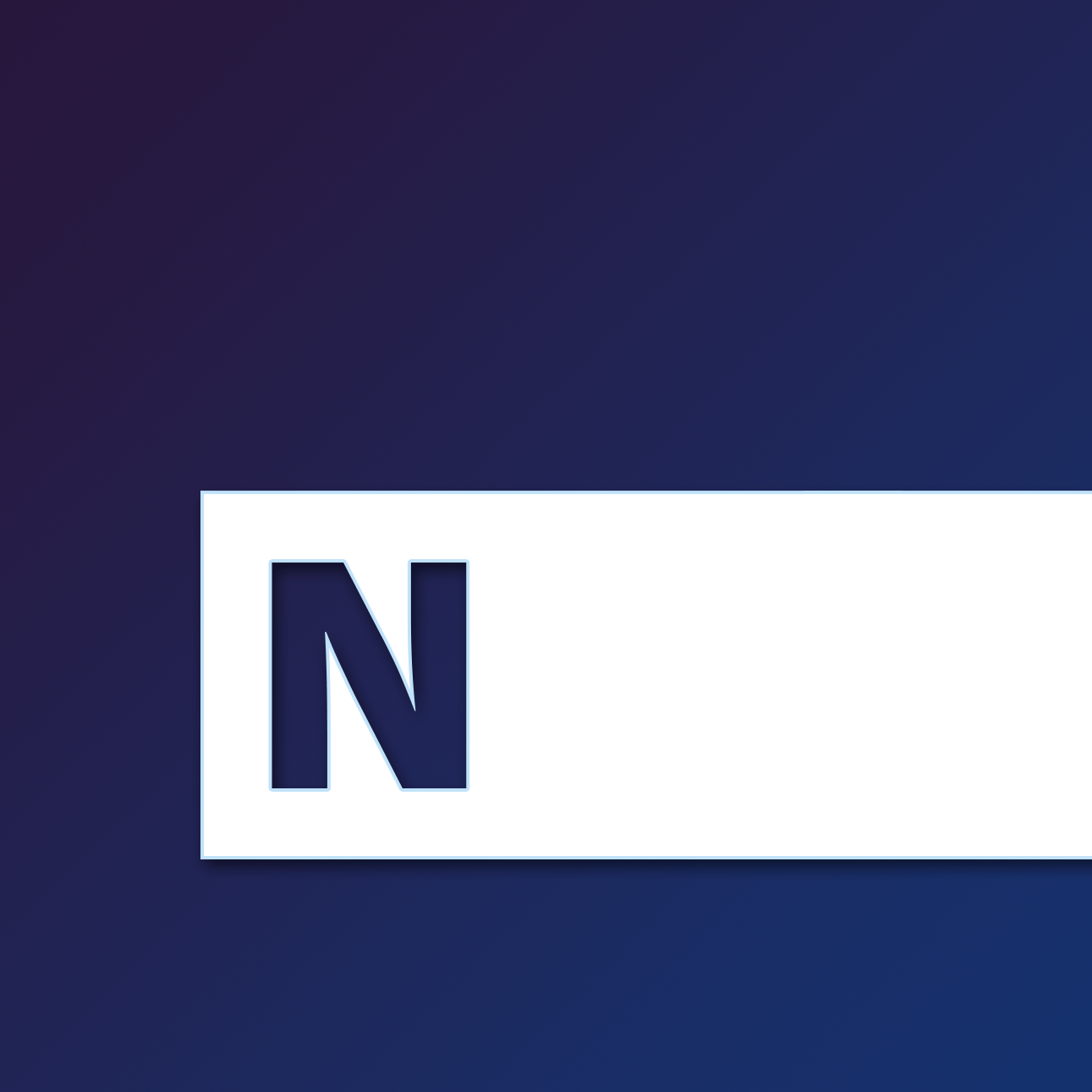Human Resource Information Systems, #HRIS, is a form of software that serves as an intersection between human resources and information technology. combining various HR systems to establish easier management of human resources, business processes and data. https://t.co/x657OdKdHh
Matchr (@matchrofficial) November 15, 2021
Just as it was mentioned in this previous post, if the guys in the accounting department are handling a specific software dedicated to their job, we can expect the same for the guys from the HR department of any given organisation, with tailored tools and applications available.
The Human Resources department is responsible for recruiting, selecting, inducting new employees, providing orientation, providing training, evaluating performance of the employees, and setting compensation and providing benefits. Furthermore, it is responsible for motivating employees, maintaining proper relations with the employees’ trade unions, ensuring the safety, welfare, and health of the employees in accordance with local labour laws. This is for the definition of human resources management practice definition. Now:
Human Resource Software or Human Resources Management System (HRMS) or Human Resources Information System (HRIS) is a digital solution that combines several systems and processes to manage and optimize daily HR tasks and overall HR goals of a given organization.
UserGuiding
From a simple point of view, this is how human resources management software might appear to a B2B SaaS company producing a product walkthrough & a software called UserGuiding. Their entire post about it is really interesting, even for a newbie it gives some insight into what HR can expect from such a software, as well as the abbreviations used in the profession: HRMS and HRIS.
In light of the fact that HR needs vary depending on the size of the organization and the number of employees, i.e. a small company with less than 20 employees will most likely have a different set of requirements than a 2,000-person organization that needs a reliable way to recruit, hire, track and onboard thousands of new employees each month… They help us to gain a better understanding of three aspects of enterprise software in general:
A. Generally, there are 5 types of HRMS available
- The applicant tracking system (ATS), HR recruiting software that helps streamline an organization’s hiring process, storing applicant data, posting job openings to multiple job boards, and reviewing applications to determine if candidates are a good fit for a given position.
- The performance management platforms, to track employee performance improvement, set performance goals, assess employee skills and monitor their progress.
- The aforementioned HRIS, providing numerous HR functions including recruiting, applicant tracking, payroll and benefits management, employee data storage, regulatory compliance, and legal compliance. They can be a standalone software integrated with additional HR applications, or an all-in-one HR software system.
- The onboarding softwares, tracking the process of adding new employees, including electronic sign-offs, training tracking and employee questionnaires among other automated functions to make sure the HR team provides a satisfactory onboarding experience.
- The employee engagement platforms, which enhance individual and team engagement through feedback, coaching, analytics, and everyday work priorities.
B. HRMS have approximately 8 to 10 tangible benefits
- Reduction of administrative tasks that are repetitive and low impact
- Improved analytics and greater accuracy
- Documents and employee data are more efficiently organized
- Improvements in streamlined processes
- Reduction of errors
- Constant and constructive feedback
- Maintaining compliance with federal & local regulations
- Enhancements in succession planning
C. Four core and major features make up a good HRMS
- Mandatory payroll & benefits administration feature, enabling payroll management directly on the platform
- Automation of repetitive tasks, such as tracking leave and taxes, and eliminating manual work to increase efficiency
- UserGuiding considers Self-Service to be a must-have in HRMS, allowing staff to easily access critical information without having to call, email, text or visit the HR department, a time-saving feature for both employees and administration
- A mobile application of the HRMS, enabling HR managers and employees to keep track of and complete tasks where they are and wherever they are, without being tethered to a physical location
PC Magazine selected and ranked the top 10 HR software for 2021 the same way they do for accounting software each year. Here the names:
- BambooHR, best all-around HR for SMBs
- Deputy, best scheduling dynamo with some HR
- Gusto, best standard payroll now with HR
- SAP SuccessFactors, best HR software with performance management
- Zenefits, top benefits administration with broad HR features
- BerniePortal, considered as a very good onboarding solution
- Cezanne HR, complex but solid overall HR platform
- Namely, best for customisation
- SAGE Business Cloud, best HR for multinational businesses
- APS, with a good payroll functionality
Share this elsewhere:
Benjamin Caumeil
As a doctor of psychology, Ben joined the French Institute of Sports (INSEP) in 2020, working on psychological outcomes to returning to sport after suffering an injury. In December of 2021 he founded timeNough Europe Inc. with best friend Arnaud M. Lagardère, convinced of the dramatic impact enterprise softwares could have on employees' anxiety, mental health, enjoyment and gratification.
Related Posts
19 November 2022
The definition of an office suite in 2023
Office suites have been an essential product for businesses of all sizes for…
19 December 2021
The now unavoidable topic of CRM software
Customer relationship management is a process in which a business or other…
18 December 2021
What exactly does the acronym ORM stand for?
Outsourcing is when a company hires another company to handle a planned or…







https://hrforecast.com/ help you build a skilled and future-proof workforce through data-driven insights and SaaS solutions.
Oh thank you Amanda for this suggestion and comment. We will look into it and test it. Best regards
Excellent, as usual
Great article. Learn more about HRM software here.